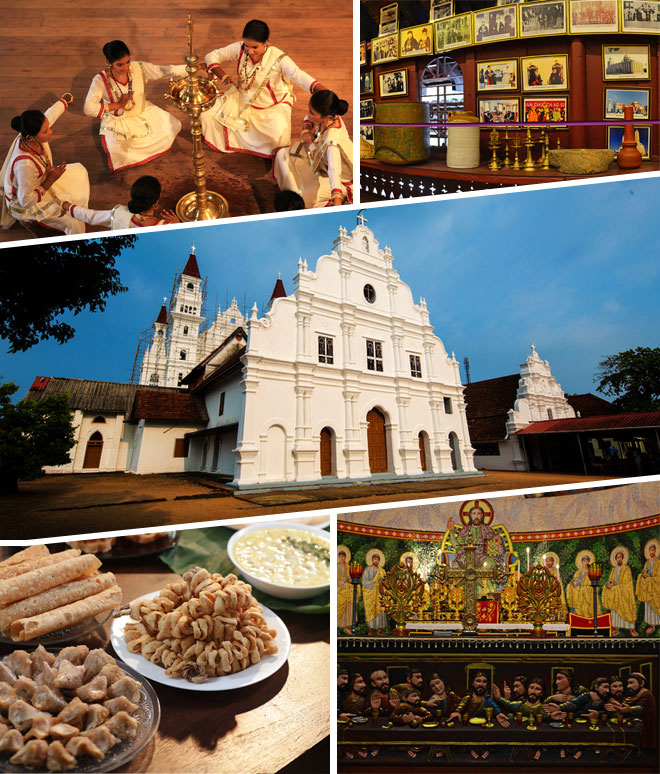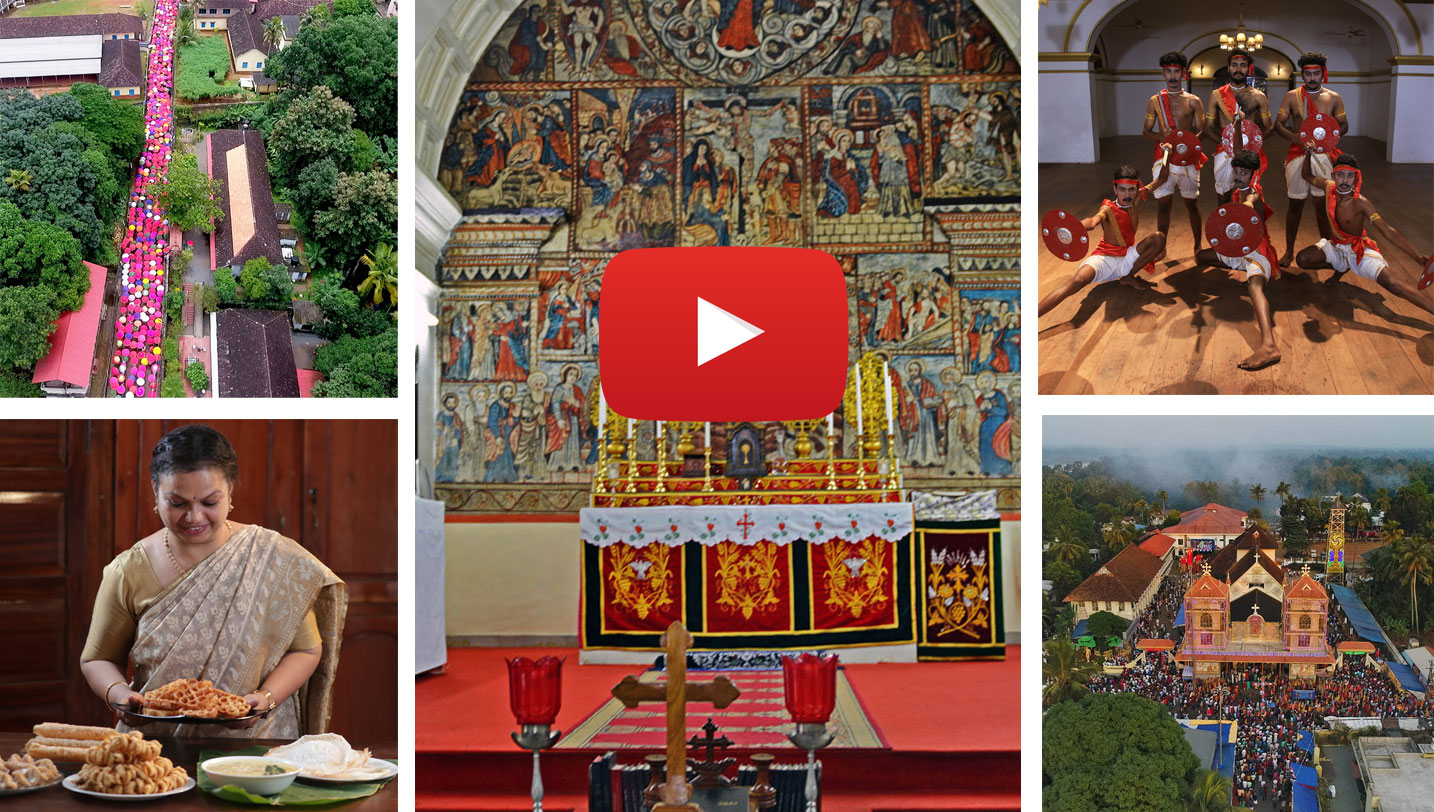Post Koonan Kurissu
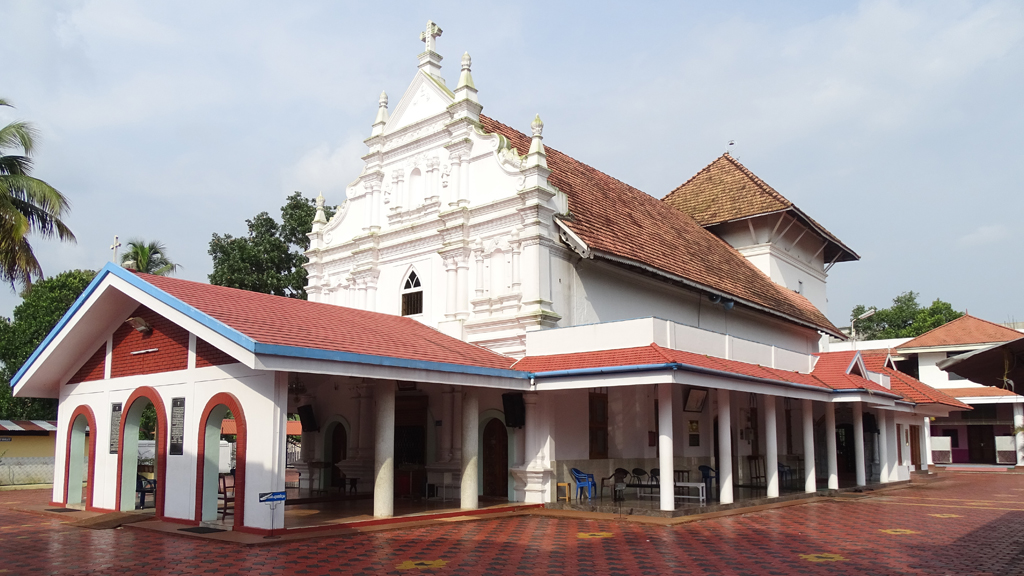
On learning about the religious uprising of the Malankara Christians, Rome sent an Italian Carmelite priest, Joseph Sebastiani, as Enquiry Commission to Kerala aiming at a compromise. Meetings were held at the churches of Mattancherry, Alangad and Kochi in 1657 for settling the dispute. Many churches relinquished allegiance to the Arch Deacon and accepted Sebastiani as the representative of the Pope. The Archdeacon had the support of some clergy including Anjilimoottil Itty Thomman Kathanar who was known as a magician, a lot of people, and 200 soldiers. But the majority accepted Sebastiani as the Bishop. Mar Sebastiani set off from Alangad to Angamaly during the Holy Week in 1662. When he reached the Eastern Church, the devotees had made all the necessary arrangements to make him comfortable. He purchased the Angamaly church from the king. Mar Sebastiani, who quit Kerala once the Dutch established their supremacy in 1663, brought 84 churches under Rome while 32 churches stayed with the Archdeacon.
Thus Syrian Christians of Kerala split into two. Puthen Kuttukar split again into Jacobites and Marthomites. Pazhaya Kuttukar stayed on under Rome.
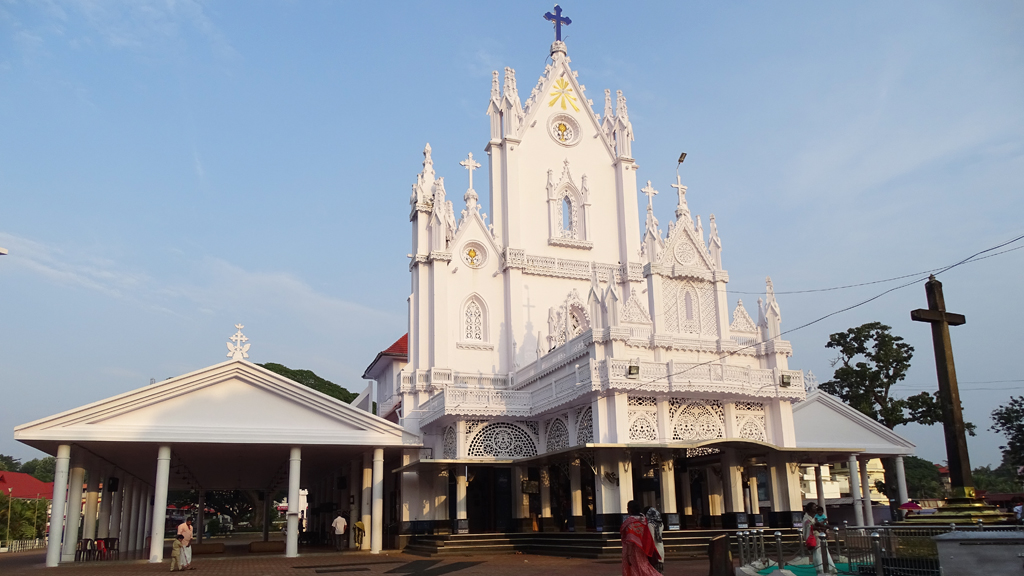
New ventures:
Activities of the Christian Missions brought major progress in the cultural and political arena of the State. Their missionary activities could be classified as Catholic and Protestant with various sects and denominations under them. While the Catholic missionaries functioned under Rome, the Protestants had various groups with their own leaders and approaches to questions of faith. Jesuits focused on educational activities, Carmelites on spirituality and Capuchins on the service of the sick. The Protestant Mission that started functioning at Thanjavur in Tamil Nadu in 1706, conducted prayer meetings, Bible translation, moral education and publications with a special thrust on education. Protestant missionaries who arrived from Germany and Denmark, started work with Tharangambady on the Coromandel coast as their base. Both Catholics and Protestants came forward to set up hospitals, schools, colleges, orphanages, and poor homes. The leadership emerged from priests and sisters. Though the seminaries and convents were founded for the advancement of those who embraced Christianity, it led to the overall development of the society. Reaching Christ through service of the humanity is the uniqueness of Christian perception. The teaching of Christ that the service to the afflicted would be considered as a service to Him, was the strength behind such activities. Mission centers came up all over India. Studies prove that it was Christianity that rescued the underdog from the clutches of the caste system (Manavalan, Paul, Kerala Culture and Christian Missionaries).
.jpg)
Schools and Kalaris:
Before the arrival of the Christian missionaries, preliminary education began in the Kalaris. Like the schools that taught the written word, the Kalaris run by Panikkans and Kurups offered the children the basics of education. Children were ceremoniously initiated into the world of letters at the age of five. Each locale had such training centers known as Ezhuthupally run by an Ezhuthachan or master. Portuguese traveller Barbosa has recorded about the Kalaris in Kerala and the skills they imparted. The centers run by the Buddhists and Jains in association with temples were also very popular. Schools functioned adjacent to churches. The Catholic missionaries who arrived before 19th century set up schools for religious studies, but English was not known to them. There were no facilities for general education in seminaries. While the Portuguese and the Dutch lay thrust on trade and spreading of religion, it was the British who focused on English education. English missionaries functioned along with the British rulers and spread their language too.
The first English school in Travancore was founded by the Protestant missionary, Rev. W.T.Ringeltaube in CE 1806 (Prakasam Publications, pub., Christian Encyclopaedia). In a letter he wrote to the Travancore Diwan and Resident, Col. John Munroe, the Protestant missionary says that six schools were established for Christians and non-Christians. The missionaries of Thanjavur used to supply the textbooks free of cost to the students. Though the orthodox Keralites opposed the new education system in the beginning, the number of students increased in due course. (Ringeltaube, W.T., The Rishi: Letters and Journals).
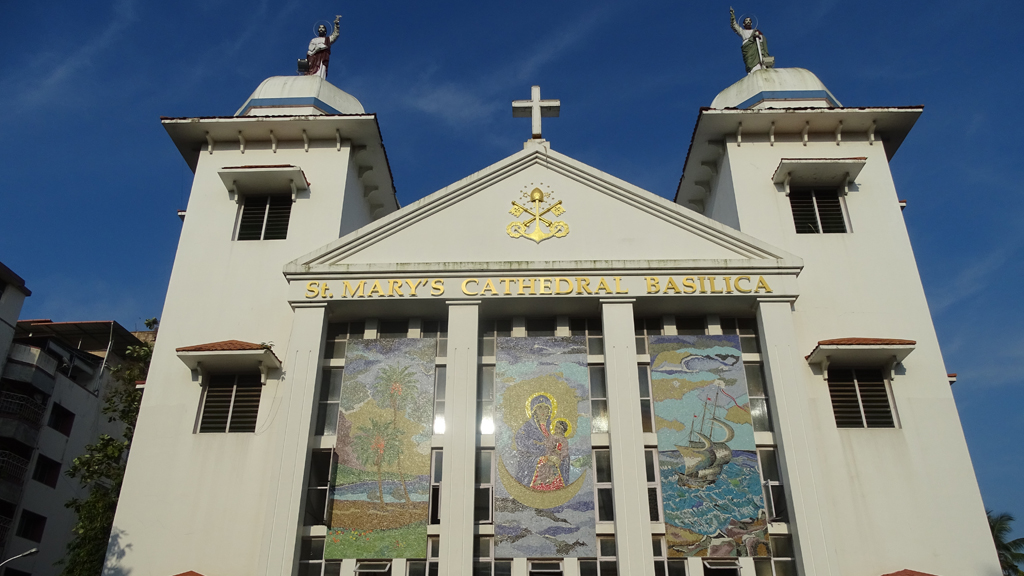
Rev. Charles Mead who reached Travancore in 1817, established more schools and extended the missionary activities. Students were admitted to schools without caste and creed considerations. Local language was the medium of teaching. The students were taught to read and write, and the curriculum contained geography and history, English and the Bible. Considering his involvement in English education, the Travancore Government appointed Charles Mead as the school superintendent in 1855. The seminary at Nagercoil was the biggest institution set up by Mead in 1818. English, Malayalam, Tamil and Sanskrit were taught there. The mission bore the expenses of the borders. It was James Duthie who converted the medium of teaching to Tamil. The focus was on the subjects. After education, the students were trained to take up vocations. In 1893, the Nagercoil seminary was affiliated to the Madras University, as Scott Christian College and was upgraded to a Grade II college. Scott Christian College was again upgraded in 1950, as a Grade I college. The London Missionary Society had 384 schools and 15641 students in 1904 (Aiya, Nagam, The Travancore State Manuel – Vol. II).
_large.jpg)
While the CMS Missionaries were involved in educational activities all over Travancore, the Catholics put up a resistance to them. The Carmelites made considerable inroads in this area under the leadership of the priest Chavara Kuriakose Elias. As Vicar General of his Arch Diocese, he sent circulars to all churches under his ambit asking them to set up schools in each diocese. He also sent a warning about banning those who failed to abide by the circular (Fr.Valerian, Chavara Kuriakose Elias Achan). Among the foreign missionaries, Carmelites considered the task of imparting education as an integral part of their religious activity. Chavara Kuriakose Elias set up a Sanskrit school at Mannanam. Special schools were set up for the education of the Backward Classes as well as girls. The Christian missionaries reached the forefront of Kerala’s educational sector, by the end of the 20th century. Before the missionaries were entrusted with the running of Government’s educational institutions, these institutions collected fees. Moreover, they did not admit the lower classes. The missionaries could expand education by giving free education to all classes of people. It was only due to the efforts of the missionaries that Travancore could reach the top position in the field of education among the states of India, in 1901.
Missionary activities among the backward sections:
English officers gave due encouragement to missionary activities and secured for the missionaries permission to pursue their activities in Travancore. Col. Macaulay secured a passport for W. T. Ringeltaube, a Protestant missionary, and helped him personally to go ahead with his missionary work. He also provided funds for educational activities over and above what was allotted for gospel activities. In the absence of other trustworthy persons, he appointed Mr. Meed as a Judge. When Macaulay retired in 1810, Col. Munroe assumed office. He too helped the missionaries in several different ways.
It was on Col. Munroe’s request that missionaries were sent for the Church Missionary Society.
Protestant missionaries – leaders of Renaissance:
When Ringeltaube started Protestant missionary activities in 1806, he had to suffer a lot of hardships for securing permission for his activities. The mission started functioning with Kollam as its base in 1821.
He established the first English school in Kerala at Mylady in 1806. The mission which started work with the help of the British rulers focussed its attention on the areas where evil customs and slavish attitudes prevailed. The mission aimed at both educational and social uplift. It was at Mylady near Kanyakumari that Ringeltaube met Rev.Vedamanickam. Meanwhile, Rev. Kolaf had started missionary activities in Thanjavur.
- The Tradition of St. Thomas
- The arrival of St. Thomas
- Seven and half Churches
- Post St. Thomas arrivals
- The scenario before the arrival of Gama
- Missionary Activities
- Descriptions of St. Thomas Christians
- The Padruodo
- Portuguese Forts
- Synod of Diamper
- Latinization of Churches
- Coonan Cross Oath
- Post Koonan Kurissu
- Establishment of churches
- Starting of Seminaries
- Anglo Indians
- Migrations to Malabar
